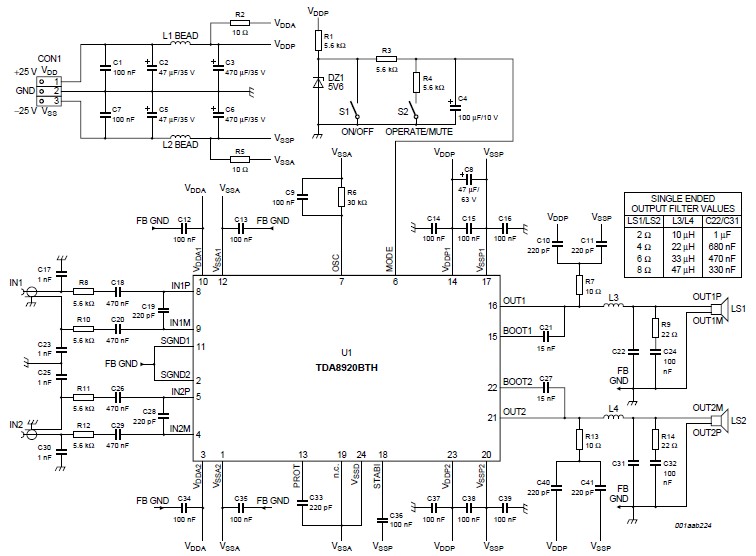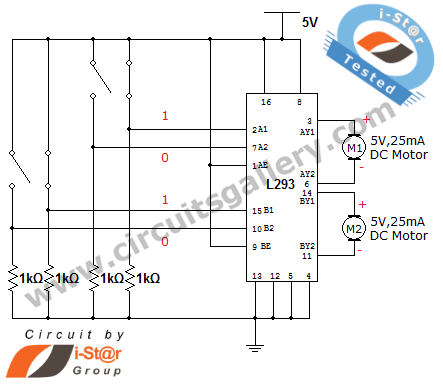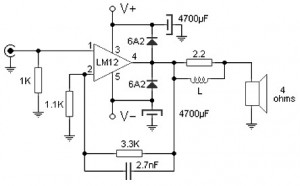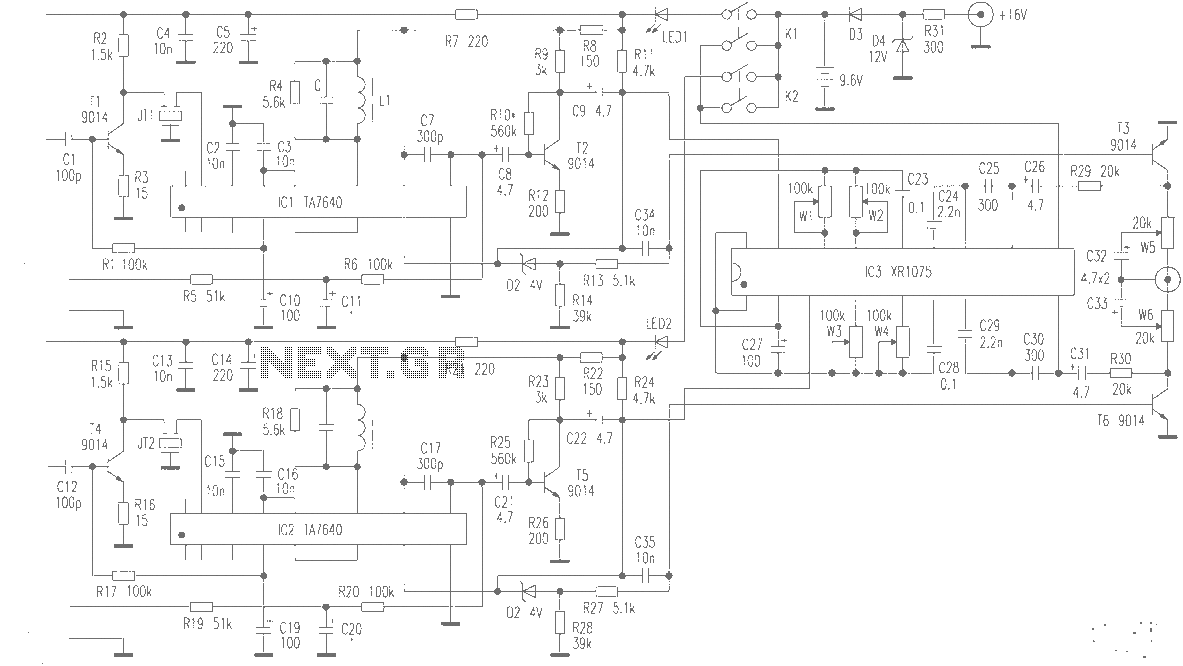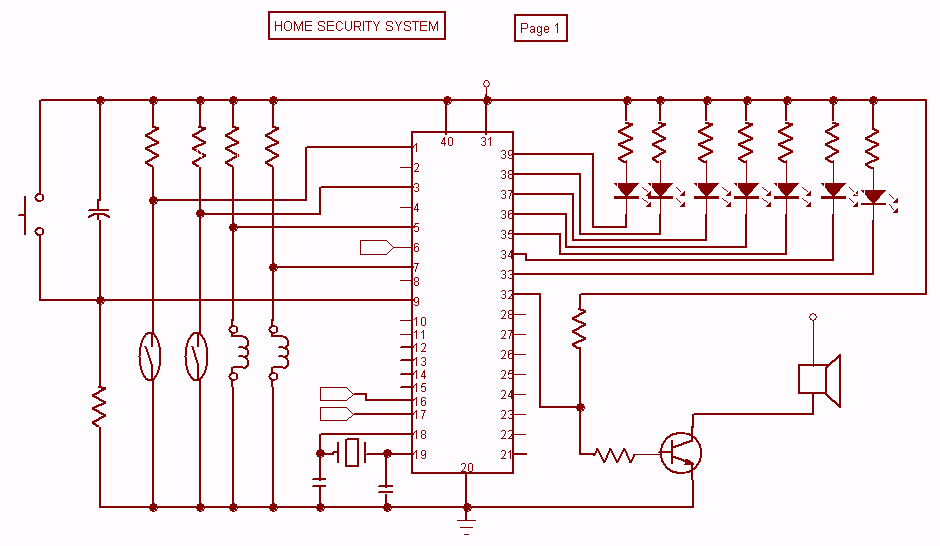
Solar automatic tracking controller circuit diagram
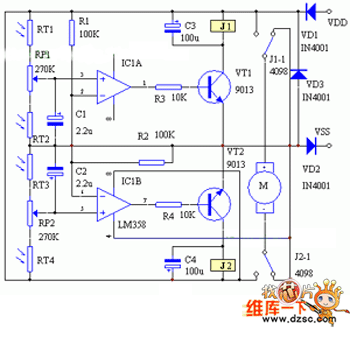
There are two types of solar automatic tracking controllers. One type utilizes a Schmitt trigger light control, which consists of a light sensor and a Schmitt trigger or monostable trigger. The second type employs two light sensors and two comparators to create two light-control motors that manage forward and reverse movement. Throughout the year, the intensity of sunlight in the morning...
Solar automatic tracking controllers are essential components in maximizing the efficiency of solar energy systems. They allow solar panels to adjust their orientation in relation to the sun's position, thereby optimizing energy capture throughout the day.
The first type of controller, which incorporates a Schmitt trigger light control, operates based on a single light sensor. The light sensor detects the intensity of sunlight, and when it reaches a predetermined threshold, the Schmitt trigger activates. This type of controller is characterized by its ability to provide hysteresis, which helps prevent rapid switching and ensures stable operation even with fluctuating light levels. The output of the Schmitt trigger can drive a motor that adjusts the panel's angle, allowing it to track the sun's path effectively.
The second type of controller is more complex, utilizing two light sensors positioned on either side of the solar panel. Each sensor is connected to a comparator, which compares the output of the sensors. When one sensor detects more light than the other, the comparator sends a signal to the corresponding motor, enabling the panel to rotate in the direction of the brighter light source. This dual-sensor setup allows for more precise tracking and can facilitate both forward and reverse movement of the solar panel, ensuring that it consistently aligns with the sun's trajectory.
In summary, solar automatic tracking controllers enhance the performance of solar energy systems by adjusting the panel's orientation based on light intensity. The Schmitt trigger configuration provides a simple yet effective solution for tracking, while the dual-sensor comparator system offers improved accuracy and responsiveness, contributing to more efficient solar energy harvesting throughout the year.There are 2 kinds of solar automatic tracking controllers. One is Schmitt trigger light control composed of a light sensor and a Schmitt trigger or monostable trigger. The second one is usingtwo light sensors and two comparators to form two light-control motors and controlforeward and reversing.
As throughout the year, the strength of the sun in the mornin.. 🔗 External reference
Solar automatic tracking controllers are essential components in maximizing the efficiency of solar energy systems. They allow solar panels to adjust their orientation in relation to the sun's position, thereby optimizing energy capture throughout the day.
The first type of controller, which incorporates a Schmitt trigger light control, operates based on a single light sensor. The light sensor detects the intensity of sunlight, and when it reaches a predetermined threshold, the Schmitt trigger activates. This type of controller is characterized by its ability to provide hysteresis, which helps prevent rapid switching and ensures stable operation even with fluctuating light levels. The output of the Schmitt trigger can drive a motor that adjusts the panel's angle, allowing it to track the sun's path effectively.
The second type of controller is more complex, utilizing two light sensors positioned on either side of the solar panel. Each sensor is connected to a comparator, which compares the output of the sensors. When one sensor detects more light than the other, the comparator sends a signal to the corresponding motor, enabling the panel to rotate in the direction of the brighter light source. This dual-sensor setup allows for more precise tracking and can facilitate both forward and reverse movement of the solar panel, ensuring that it consistently aligns with the sun's trajectory.
In summary, solar automatic tracking controllers enhance the performance of solar energy systems by adjusting the panel's orientation based on light intensity. The Schmitt trigger configuration provides a simple yet effective solution for tracking, while the dual-sensor comparator system offers improved accuracy and responsiveness, contributing to more efficient solar energy harvesting throughout the year.There are 2 kinds of solar automatic tracking controllers. One is Schmitt trigger light control composed of a light sensor and a Schmitt trigger or monostable trigger. The second one is usingtwo light sensors and two comparators to form two light-control motors and controlforeward and reversing.
As throughout the year, the strength of the sun in the mornin.. 🔗 External reference
